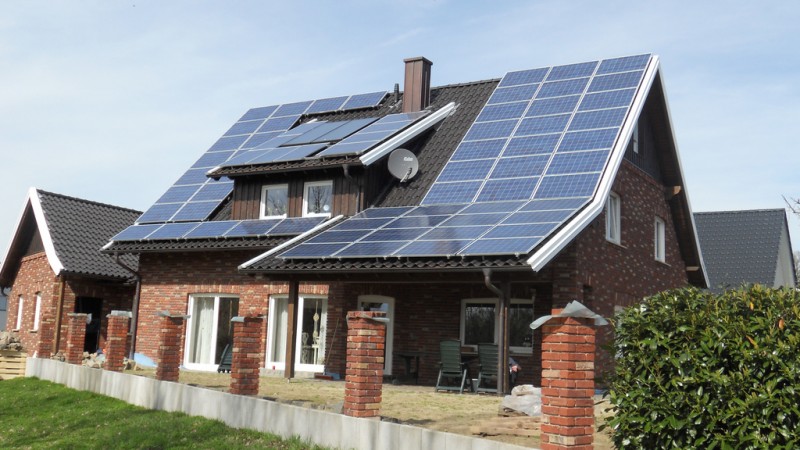Germany’s power generation from renewable sources is flatlining, according to a leading solar research institute.
Solar, wind, biomass and hydropower sources produced 186TWh in 2016, or 34% of net electricity supply, analysis from the Fraunhofer Institute shows – showing no increase from the previous year.
That was partly down to the weather: sunshine hours were down 4% and wind 14% from 2015 levels, lead researcher Bruno Burger told Climate Home.
A clampdown on subsidies also hit installations of solar panels, he said. “For wind, it was only weather conditions; for solar, it was weather and policy.”
With nuclear and coal generation in decline, the big winner was natural gas, which surged more than 40% on cheaper supplies.

Graph: Bruno Burger, Fraunhofer Institute; Data: DESTATIS and the EEX power exchange in Leipzig, with adjustments
Burger’s analysis is based on Destatis official figures up to September. For the final quarter, he extrapolated from data shared by network operators and the European Electricity Exchange.
Others get slightly different numbers, due to methodological differences.
Utility network trade association BDEW last month recorded a 4.1TWh increase in renewable generation to 30% of the final mix.
“It is gratifying that renewable energies are gaining in importance for the German electricity mix, but this also makes clear that renewables are increasingly facing competition,” said BDEW chief executive Stefan Kapferer in a statement.
Weekly briefing: Sign up for your essential climate politics update
Think tank Agora Energiewende is due to release its analysis on Friday. A spokesperson told Climate Home: “We do not subscribe to [Burger’s] numbers.”
Burger explained he uses net power generation figures, while BDEW bases its calculations on gross figures. Electricity produced on industrial sites is also excluded from the Fraunhofer analysis.
“For me, what is important is what does the user get?” said Burger. “The user gets the net production. I think my numbers represent what you clearly get at home.”
